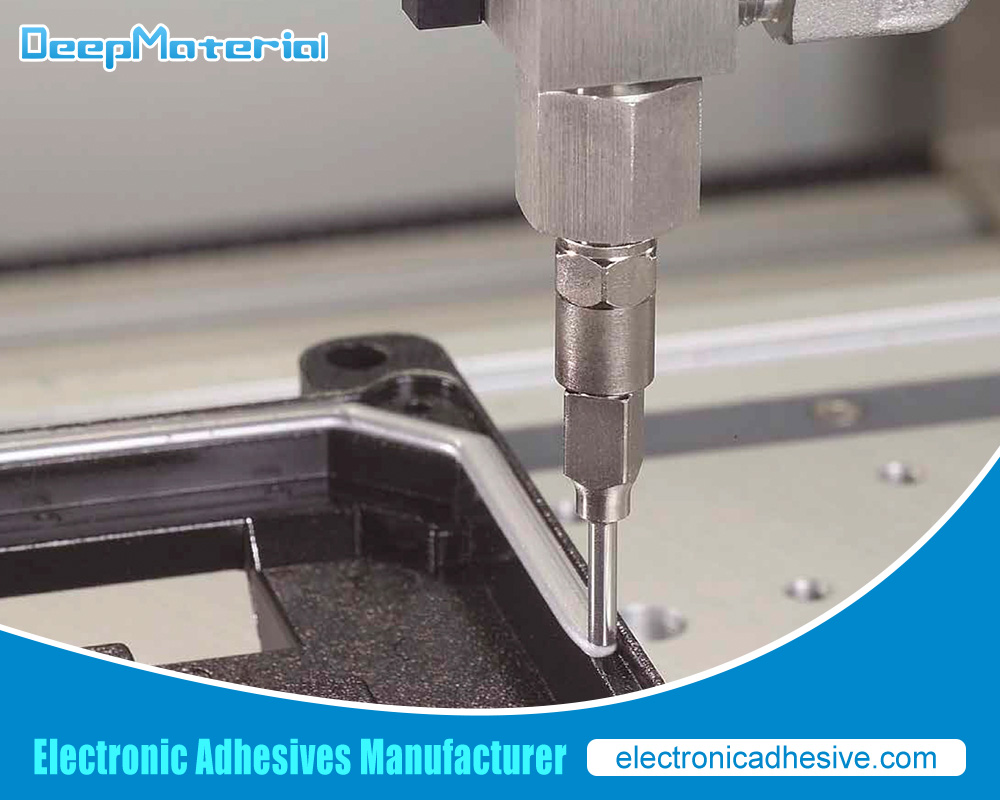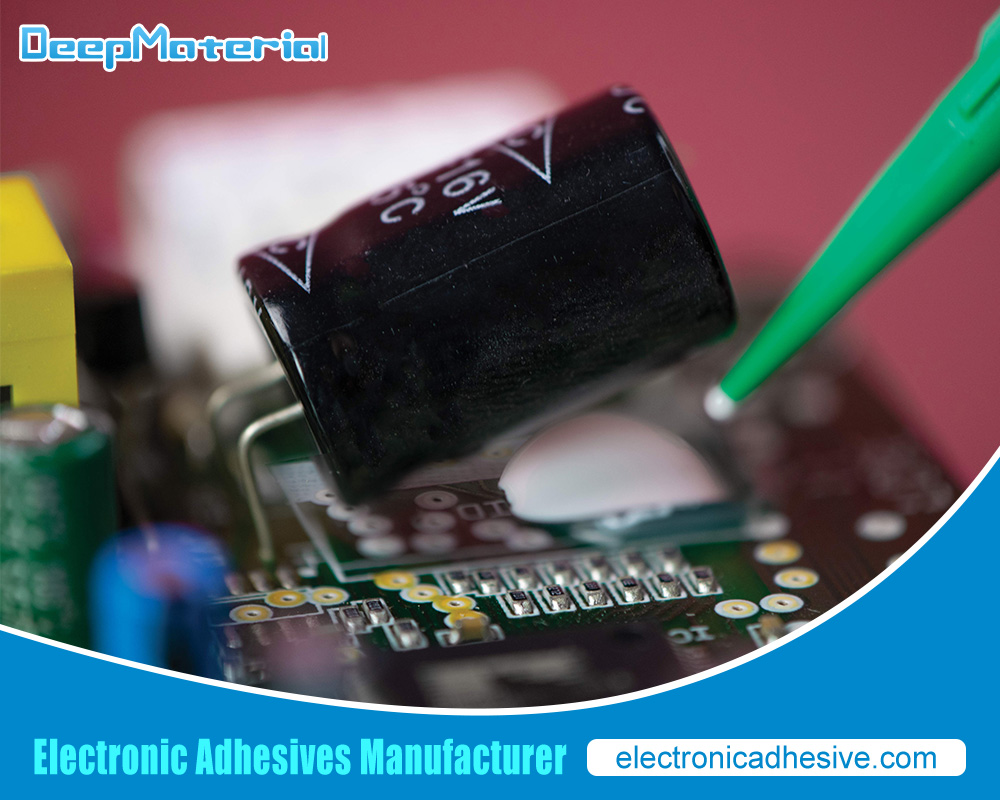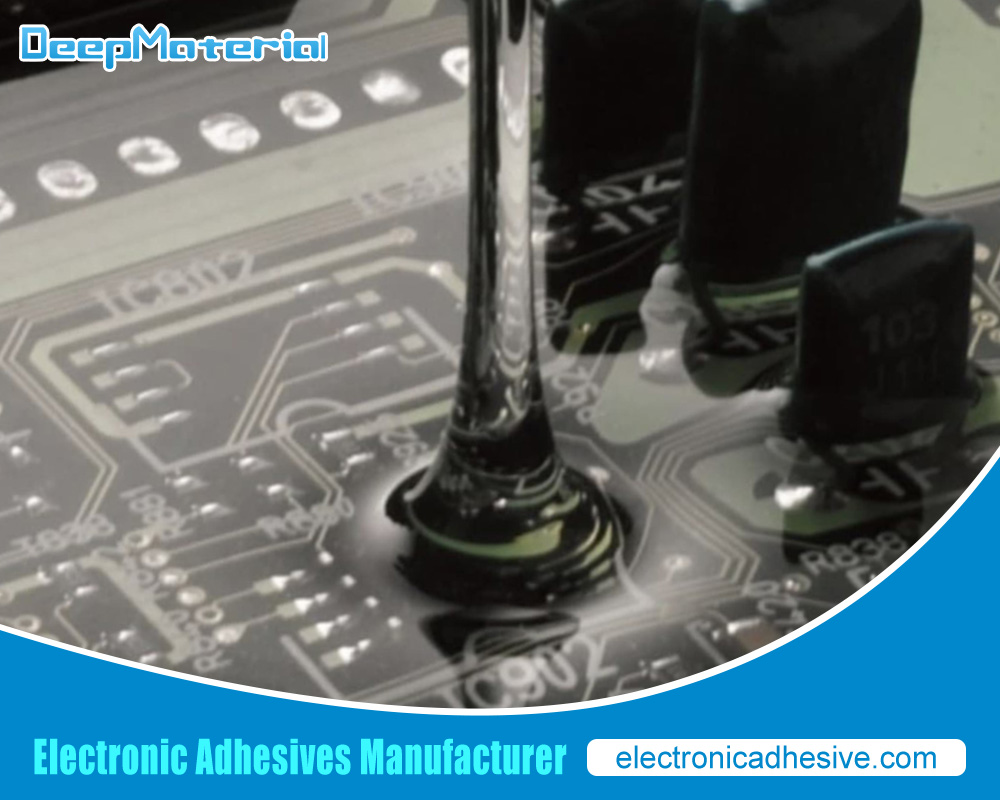Potting Material for Electronic Components: A Comprehensive Guide
Potting Material for Electronic Components: A Comprehensive Guide
In the ever-evolving world of electronics, ensuring the longevity and reliability of electronic components is paramount. One key method to protect these components is through the use of potting materials. Potting involves encapsulating electronic components in a protective material to shield them from environmental factors, mechanical stress, and electrical interference. This article delves into the various types of potting materials, their applications, advantages, and considerations for selecting the right potting solution for electronic components.
Understanding Potting Materials
Potting materials encapsulate electronic components, protecting them against various external elements. These materials are typically chosen based on their properties, which include thermal stability, chemical resistance, electrical insulation, and mechanical strength. The primary types of potting materials include epoxy resins, polyurethane, silicone, and acrylics. Each type has distinct characteristics that make it suitable for specific applications.
- Epoxy Resins
Epoxy resins are among the most commonly used potting materials. They are known for their excellent mechanical strength, chemical resistance, and thermal stability. Epoxy resins are thermosetting polymers that cure through a chemical reaction, forming a rugged and durable finish. They offer strong adhesion to various substrates, making them ideal for potting applications requiring robust protection.
Advantages:
- Durability:Epoxy resins provide a challenging, impact-resistant coating that can withstand harsh environmental conditions.
- Chemical Resistance:They resist many chemicals, including solvents and acids.
- Thermal Stability:Epoxy resins can operate effectively over various temperatures, making them suitable for high-temperature applications.
Disadvantages:
- Brittleness:Once cured, epoxy resins can be brittle, which may lead to cracking under stress.
- Processing Time:The curing process can be time-consuming, and the potting material needs to be carefully mixed and handled.
Applications: Epoxy resins are widely used in applications such as automotive electronics, industrial controls, and consumer electronics, where protection against mechanical stress and chemical exposure is critical.
- Polyurethane
Polyurethane is another popular potting material known for its flexibility and resilience. It is a polymer composed of organic units joined by carbamate (urethane) links. Polyurethane potting compounds are versatile and can be formulated to achieve different hardness levels, from soft and flexible to rigid.
Advantages:
- Flexibility:Polyurethane potting materials offer flexibility, which helps absorb mechanical shock and vibration.
- Excellent Adhesion:They adhere well to various surfaces, including metals, plastics, and ceramics.
- Resistance to Moisture:Polyurethane materials provide good resistance to moisture, making them suitable for applications exposed to water or high humidity.
Disadvantages:
- Chemical Sensitivity:Polyurethane can be sensitive to certain chemicals and may degrade when exposed to harsh environments.
- Limited Temperature Range:While polyurethane performs well in moderate temperatures, it may not be suitable for extreme thermal conditions.
Applications: Polyurethane is commonly used in applications requiring shock absorption and vibration damping, such as in automotive electronics, aerospace components, and consumer electronic devices.
- Silicone
Silicone potting materials are known for their exceptional temperature stability and flexibility. Silicone is a polymer made from silicon, oxygen, carbon, and hydrogen, and it can be formulated to achieve varying levels of hardness and flexibility. Silicone potting compounds are well-suited for high thermal resistance and electrical insulation applications.
Advantages:
- Thermal Stability:Silicone potting materials can withstand extreme temperatures, ranging from -60°C to 250°C (-76°F to 482°F).
- Flexibility:They remain flexible even at low temperatures, which helps prevent cracking under mechanical stress.
- Water Resistance:Silicone provides excellent resistance to moisture and water ingress.
Disadvantages:
- Lower Mechanical Strength:Compared to epoxy resins, silicone may offer lower mechanical strength and impact resistance.
- Adhesion Issues:Silicone may have adhesion challenges with specific substrates, affecting the potting process.
Applications: Silicone is ideal for applications in high-temperature environments, such as aerospace, automotive, and high-power electronics, where thermal stability and flexibility are crucial.
- Acrylics
Acrylic potting materials are made from acrylic resins and balance ease of processing and protective properties. Acrylics are known for their clarity, low viscosity, and rapid curing times. They provide good electrical insulation and moderate mechanical protection.
Advantages:
- Ease of Processing:Acrylic potting materials are relatively easy to process and cure quickly, reducing production time.
- Clarity:They offer optical clarity, which can benefit applications where visual inspection of components is necessary.
- Good Electrical Insulation:Acrylics provide adequate electrical insulation and protection against environmental factors.
Disadvantages:
- Lower Chemical Resistance:Acrylic potting materials may have lower resistance to certain chemicals compared to epoxy and polyurethane.
- Less Durable:They may offer less mechanical strength and impact resistance than other potting materials.
Applications: Acrylic potting materials are used where ease of processing and clarity are essential, such as in LED lighting, electronics displays, and consumer electronics.

Factors to Consider When Choosing Potting Materials
Selecting the appropriate potting material for electronic components involves evaluating several vital factors to ensure optimal performance and protection. These factors include:
- Environmental Conditions
Consider the environmental conditions to which the electronic components will be exposed. Factors such as temperature fluctuations, humidity, exposure to chemicals, and mechanical stress will influence the choice of potting material. For instance, silicone or polyurethane may be more suitable if the components are exposed to extreme temperatures or moisture.
- Mechanical Protection
Evaluate the level of mechanical protection required for the components. If the components must withstand significant mechanical stress or vibration, a material with high impact resistance, such as epoxy resin or polyurethane, may be necessary.
- Thermal Management
Determine the components’ thermal management requirements. Potting materials with high thermal stability, such as silicone or epoxy resin, are essential for applications with high power dissipation or extreme temperatures.
- Electrical Insulation
Assess the components’ electrical insulation requirements. Potting materials should provide adequate insulation to prevent electrical shorts and interference. Epoxy resins and silicones are known for their excellent electrical insulation properties.
- Curing Time and Processing
Consider the potting material’s curing time and processing requirements. Some materials, like acrylics, offer rapid curing times, while others, like epoxies, may require extended curing periods. Choose a material that aligns with your production timeline and processing capabilities.
- Cost and Budget
Factor in the cost of the potting material and your overall budget. While high-performance materials may offer superior protection, they may also be more expensive. Balance the need for security with your project’s cost constraints.
Application Techniques
Potting electronic components involves several application techniques, each suited for different scenarios:
- Pouring
The potting material is poured directly over the components within the enclosure using the pouring method. This method is commonly used for large or irregularly shaped components. Ensure the material covers all surfaces and fills voids to provide comprehensive protection.
- Injection Molding
Injection molding involves injecting the potting material into a mold that contains the components. This method is suitable for mass production and ensures consistent coverage and protection. It is beneficial for complex geometries and high-volume applications.
- Dipping
Dipping involves immersing the components in a bath of potting material. This technique is often used for smaller components and provides uniform coverage. To avoid weak spots, it is essential to control the dipping time and ensure complete coating.
- Brush-On
For small-scale applications or areas requiring precise application, the brush-on method involves applying the potting material with a brush. This technique allows for careful application and control over the coating thickness.

Conclusion
Potting materials protect electronic components from environmental factors, mechanical stress, and electrical interference. By understanding the different types of potting materials—epoxy resins, polyurethane, silicone, and acrylics—along with their advantages, disadvantages, and applications, you can make informed decisions to ensure the reliability and longevity of your electronic components.
When selecting a potting material, consider environmental conditions, mechanical protection, thermal management, electrical insulation, curing time, and cost. Additionally, choose the appropriate application technique to achieve optimal coverage and protection. With the suitable potting material and application method, you can enhance the performance and durability of your electronic components, ensuring they function reliably in their intended environments.
For more about choosing the Top Potting Material for Electronic Components: A Comprehensive Guide, you can pay a visit to DeepMaterial at https://www.electronicadhesive.com/ for more info.











